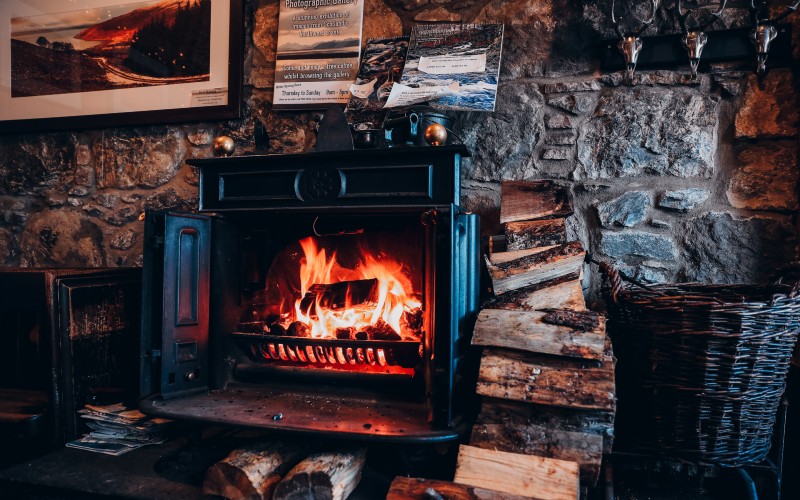
The Scottish Government has recently announced a significant amendment to the New Build Heat Standard (NBHS) regulations, which came into effect on January 1, 2025. This change permits the installation of wood-burning stoves, as well as bioenergy and peat heating systems, in new homes and buildings. Here is why this amendment is a significant step forward for Scotland’s rural and island communities, and what it means for homeowners and builders alike.
A Move Towards Resilient and Sustainable Heating
Previously, the NBHS regulations, which came into effect on April 1, 2024, restricted wood-burning stoves to emergency use only. However, after a thorough review and substantial feedback from rural and island communities, it became clear that these regions required more resilient heating solutions. Power outages and harsh weather conditions highlighted the necessity for reliable and sustainable heating options.
Key Changes Brought by the Amendment
The revised regulations now allow for a broader range of heating systems in new homes and buildings and permits the following:-
- Bioenergy and Peat Main Heating Systems: These systems use renewable biomass fuels, such as wood pellets, chips, logs, and peat. By leveraging these resources, homeowners can reduce their greenhouse gas emissions while enjoying a reliable heat source.
- Secondary Heating Systems: Homeowners can now complement their primary heating systems with a variety of secondary options, including electric radiators, heat pumps, and even traditional fireplaces. This flexibility ensures that each home can cater to its unique heating needs.
- Wood-Burning Stoves as Primary Heating Sources: Perhaps the most significant change is the allowance for wood-burning stoves as a main heating source. These stoves are not only efficient but also provide an aesthetic and practical heating solution, particularly during power outages.
It is important to note that the prohibition on installing mains gas and oil boilers as a main heating system into new homes and buildings remains in place.
What This Means for Homeowners and Builders
For those planning new builds, this amendment opens up a world of heating possibilities. The inclusion of wood-burning stoves and bioenergy systems is particularly beneficial for rural and island areas where traditional heating methods might not be as reliable. Moreover, this change aligns seamlessly with Scotland's broader Heat in Buildings Strategy, aimed at reducing domestic heating emissions and achieving net zero.
However, homeowners and builders must ensure that these heating systems adhere to strict emission standards to prevent negative impacts on air quality. Here are some important considerations:
- Select Compliant Systems: Choose appliances that meet the latest emission standards, and look for certifications or ratings that confirm compliance.
- Proper Installation: Ensure that certified professionals install the systems to guarantee they meet necessary safety and efficiency standards.
- Regular Maintenance: Schedule regular maintenance checks to keep the systems operating efficiently and safely. This includes cleaning flues, checking for blockages, and ensuring that all components are functioning correctly.
- Use Approved Fuels: Only use fuels that are approved for the specific heating system to avoid excessive emissions and maintain efficiency.
A Step Towards a Greener Scotland
This amendment to the NBHS regulations is a significant stride towards a greener Scotland. By allowing wood-burning stoves and bioenergy systems in new homes and buildings, the Scottish Government is addressing the needs of its rural and island communities while promoting sustainable heating solutions. Homeowners and builders should embrace these changes and consider the benefits of these heating options for their future projects.
At Thorntons, we are here to help with any queries you might have about these new regulations. Contact our Residential Property team on 03330 430150 for further information.

